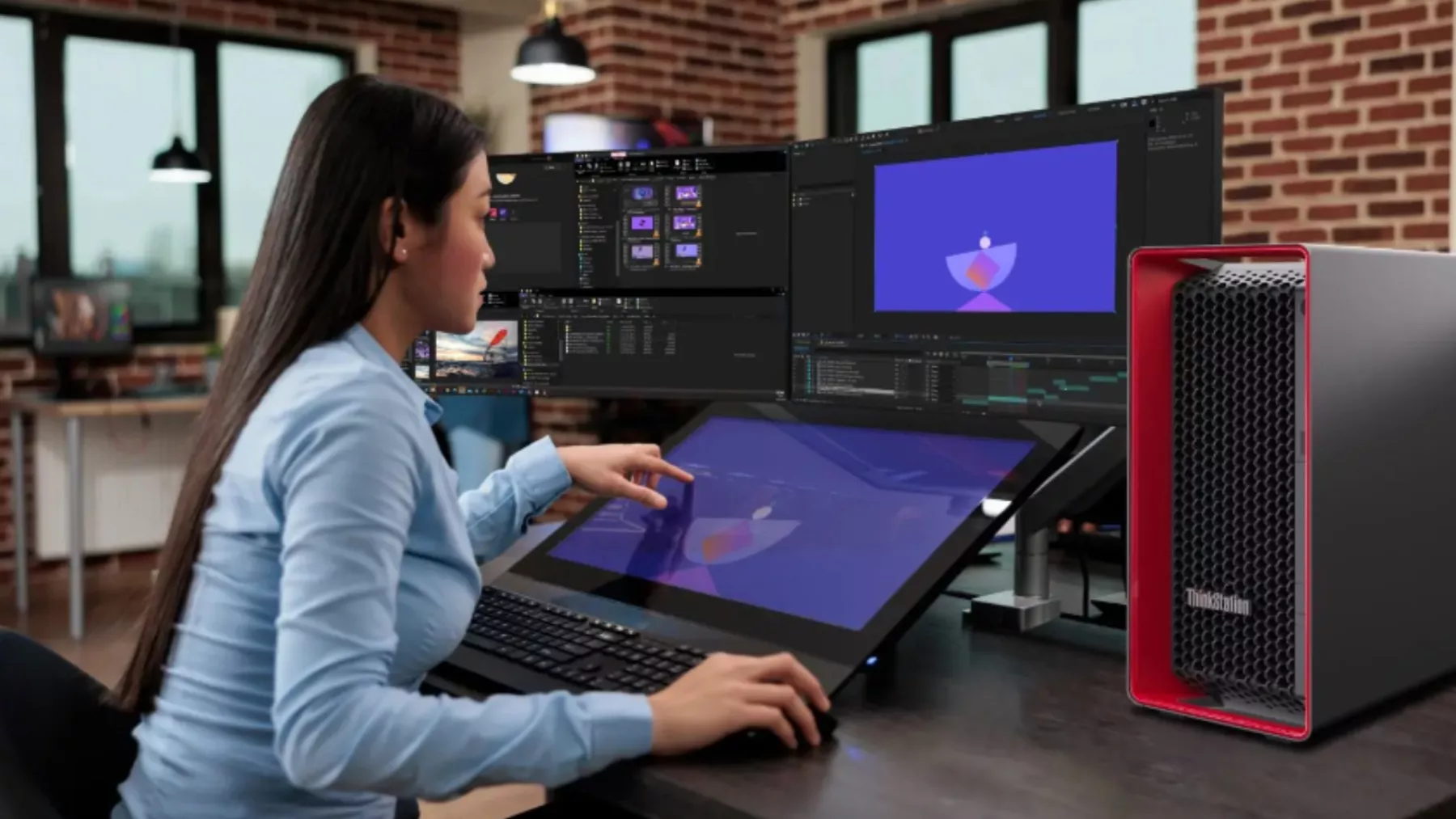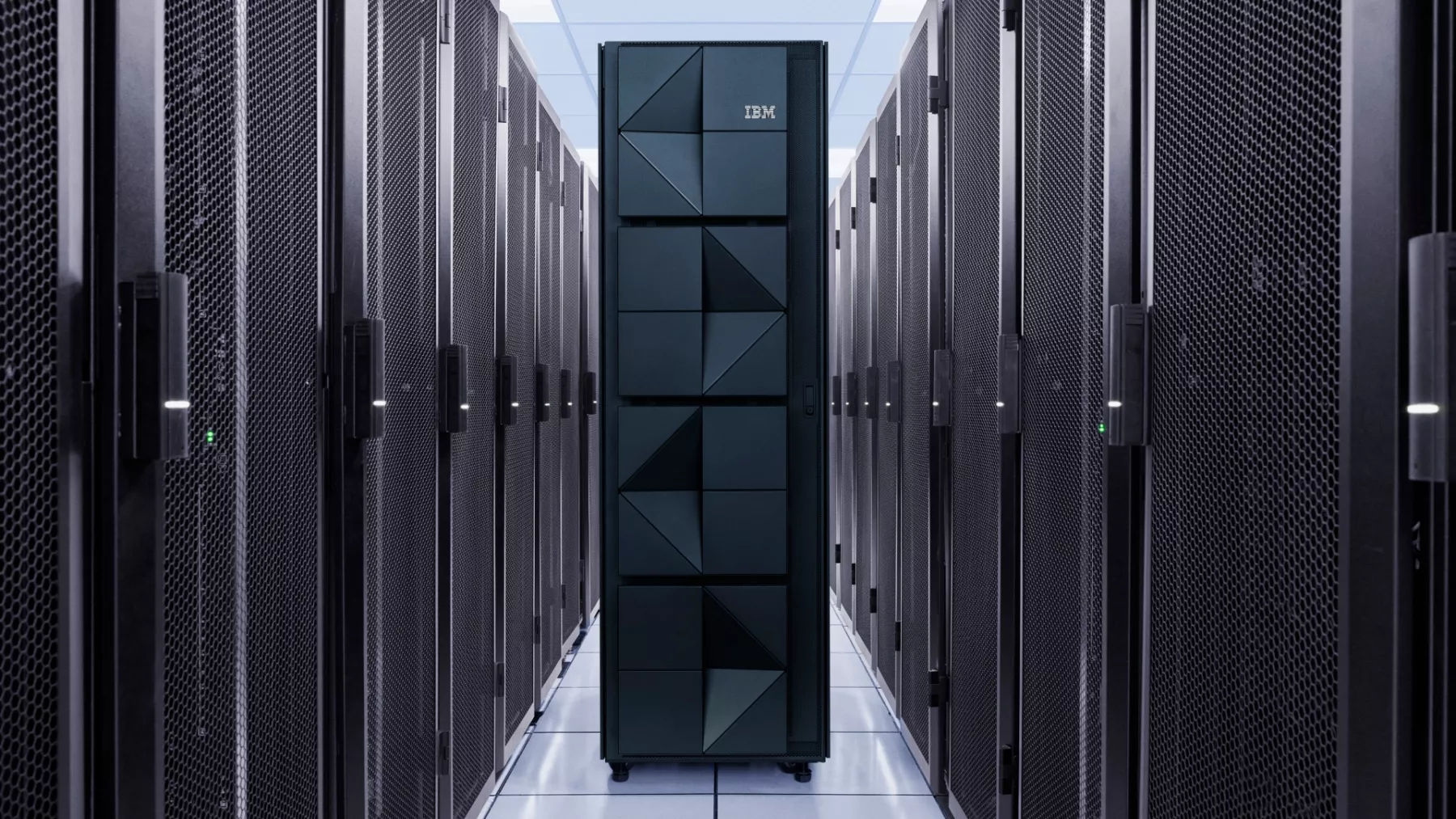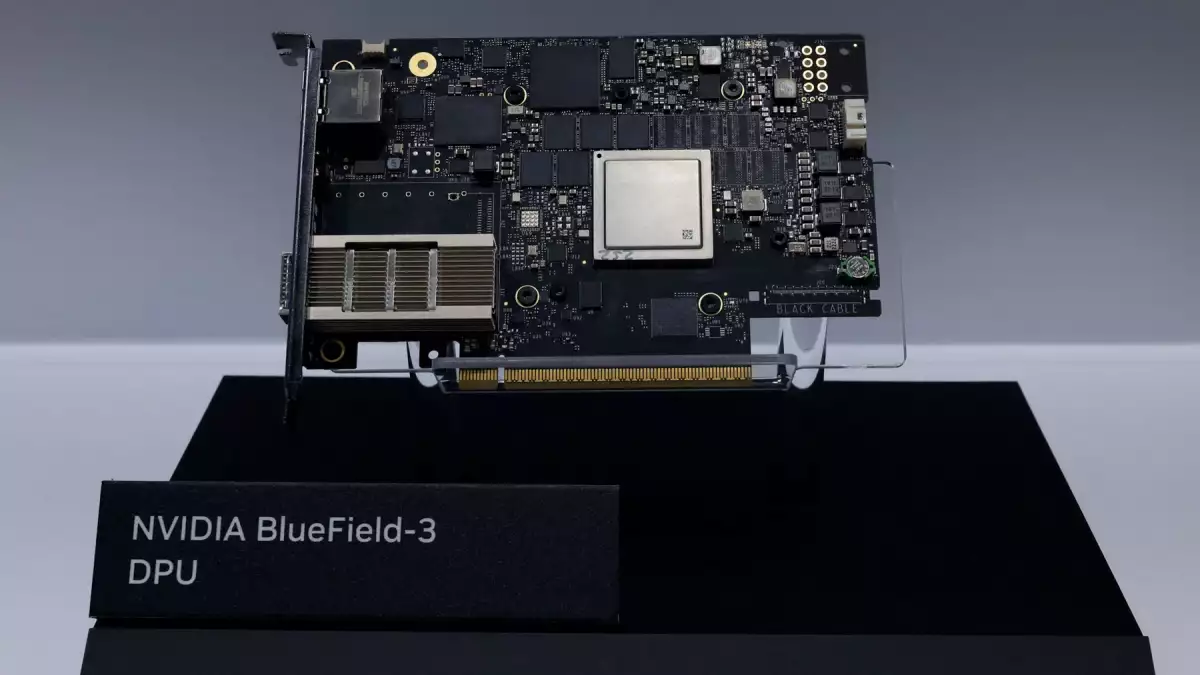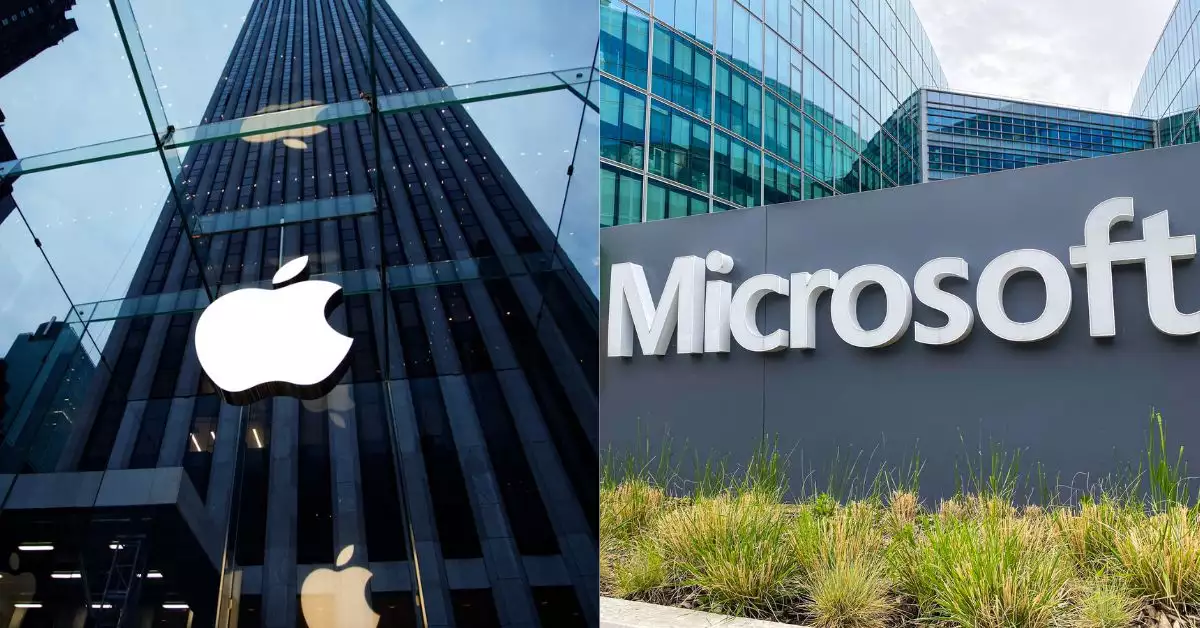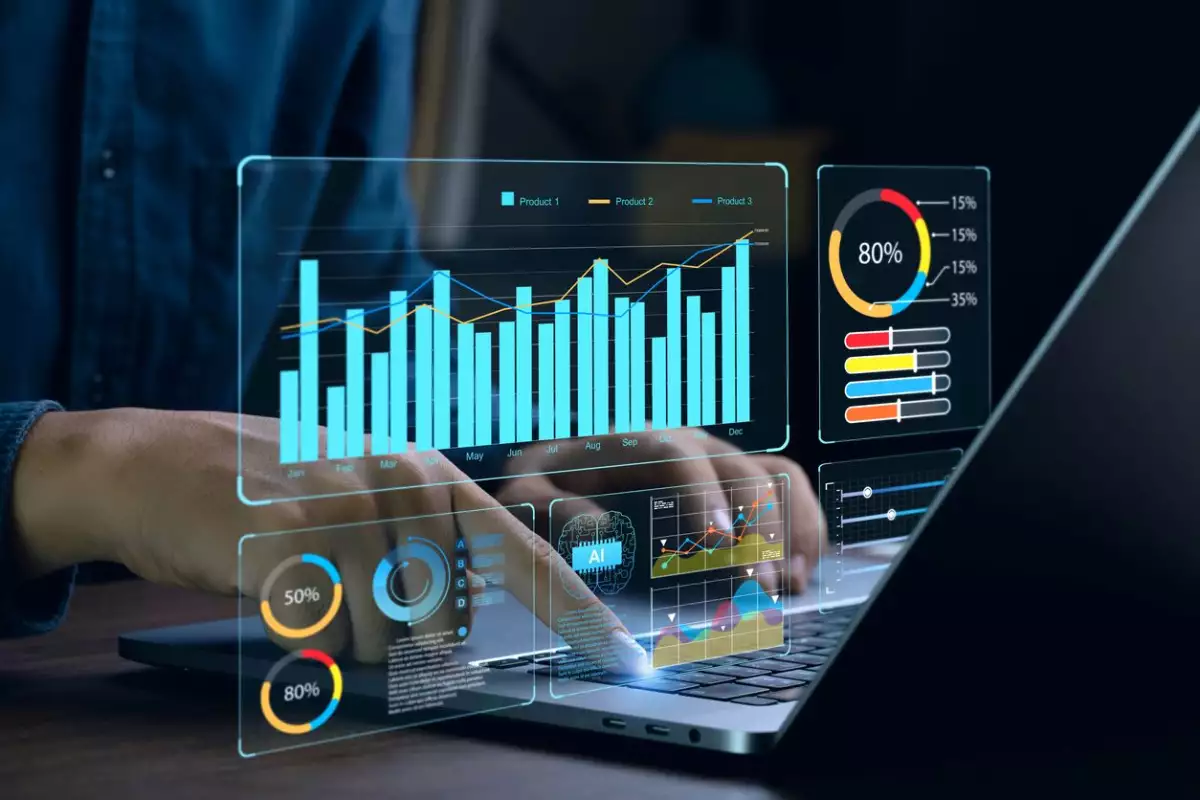
Six technological trends in the digital age
We have to accept it, the world is changing. And we better be prepared.
Information technologies (IT) have proliferated at a dizzying pace and are now fundamental in the evolutionary process of many aspects of our lives, acting as catalysts, means and ends in themselves, of this transformation.
No one is spared. These technologies have redefined our reach and capabilities, both in the business and personal spheres. From large corporations to small and medium-sized companies, and entrepreneurs, they benefit from these tools to create, enhance and transform businesses and industries. New business models have emerged from these technologies, in addition to changing and improving our way of life, redefining operating paradigms and giving life to previously unimaginable ideas.
Let's think, for example, about how IT has allowed companies like Amazon or Uber to transform the economy by generating new business models that have changed consumption around the world. First Apple, and then Spotify, broke the laws of the music market; Netflix changed the way we consume films and series. Or how many people now take advantage of social networks to generate food businesses, or to sell products from the comfort of their home.
We have to accept it, the world is changing. And we better be prepared. As Stewart Brand best illustrates, “once a new technology comes at us, if you’re not part of the steamroller, you’re part of the asphalt.” So the choice is ours.
Therefore, at least, visualizing the technological trends of the future (more immediate than we imagine) will be essential to move forward and not be “part of the asphalt.”
Although these are not all, below I describe six key IT trends that are well worth paying attention to in 2024:
1. Artificial Intelligence and data
Generative Artificial Intelligence (AI) will have a significant impact on many professional activities, including the design and development of web and mobile applications. According to Gartner, by 2026, generative AI is expected to alter around 70% of the effort in the design and development of new applications in various productive areas. This process will also generate greater interest in the regulation of AI, with the aim of guaranteeing its ethical and transparent use. There are many dilemmas, but AI will not stop its development; therefore, a “smart” decision will be better to understand how to incorporate it into business, industrial and commercial processes.
2. Cloud Platforms and new software development technologies
As enterprises increasingly migrate to cloud computing platforms , an exciting trend of hyper-converged (HCI) applications is emerging and gaining ground as end-to-end solutions that combine hardware and software to optimize IT performance and productivity. This is an approach to IT infrastructure that consolidates computing, storage, and networking resources into a unified system. This integration allows for more efficient administration and a reduction in the complexity of IT systems compared to managing separate components.
Major players in the converged infrastructure field include companies such as Dell, EMC, HP and Cisco, which offer solutions that integrate hardware and software to centralize management of IT infrastructure.
Converged infrastructure is distinguished from traditional cloud computing primarily by its approach and location. While cloud computing is based on delivering IT resources as services over the Internet, converged infrastructure focuses on optimizing systems and resources within an organization's data center. While cloud computing outsources resources, converged infrastructure seeks efficiency and simplification of internal IT resources.
3. Sustainability
It is probably one of the trends with the most media coverage due to its global impact. In the field of sustainability, information technology allows for approaches such as tokenization, which is emerging as an innovative tool. The technology can convert rights or assets related to sustainability into digital currencies on a blockchain, enabling it as digital commerce and ownership. This seeks to improve efficiency and, above all, transparency in sectors such as agriculture, manufacturing and natural resource management.
In forums such as Davos, there has been discussion about how tokenization can play a crucial role in promoting sustainable practices. For example, by tracing and verifying the origin of products, thereby ensuring sustainable and fair growing practices in agriculture. Likewise, in manufacturing, tokens can certify the sustainability of materials, allowing retailers and consumers to make more informed decisions about the products they buy.
4. Digital first, metaverse and new digital channels
Immersive computing and the metaverse are transforming digital interaction. Bloomberg Intelligence projects that the metaverse market could reach $800 billion by 2024, signaling a significant shift in our interaction with digital environments.
It is true that these technologies are still in their infancy and their adoption could still have to do with cultural aspects. But there is no doubt that it is one of the promises, especially for the generations that are entering into productive life and that have used these virtual components such as video game consoles or the use of digital money. Everything depends on these generations converging with the accessibility of technology and availability of applications on the market.
5. Cybersecurity
It goes without saying that cybersecurity remains a high priority, especially with advances in quantum computing. IBM suggests that businesses should start adopting quantum-resistant cryptography to protect against future threats, as quantum computers are expected to be able to crack current security protocols by 2030. As they say, “it’s not fear, it’s caution.”
There are several actions companies should take to prepare, such as adopting Quantum-Resistant Cryptography, which uses algorithms that are considered secure against quantum computer decryption methods.
To do this, it is essential to review your current security infrastructures and assess their vulnerability to quantum attacks. This includes updating encryption systems and implementing new security protocols that are resistant to these attacks.
Finally, human resources. It is essential to educate and train staff on the risks associated with quantum computing and how they can affect the company's security. In addition, it is recommended to work with specialists and companies that are at the forefront of quantum security, which can provide access to advanced knowledge and technologies.
6. Edge computing
The increasing integration of AI in business is driving the shift towards edge computing. By 2024, more businesses are expected to adopt these technologies to improve data processing and real-time decision making. This is due to their ability to distribute computing operations more efficiently and address AI security challenges.
Edge computing moves data processing closer to the source, increasing data processing speed by reducing or eliminating latency between nodes. This is especially beneficial for servers located far from central data centers, as it promises near real-time insights and facilitates localized actions.
By processing data locally, Edge Computing reduces the bandwidth required, as local data centers can handle their own data instead of sending it to a central data center or the cloud. This reduces network traffic and therefore reduces bandwidth usage and costs. This allows a remote server or data center to act independently.
The latter is relevant, as the growing IoT infrastructure generates huge data flows, and Edge computing can be programmed to filter the relevant data to transmit to the network. This helps to make more efficient use of the available bandwidth.
In 2024, these 6 trends will need to be analyzed by organizations, regardless of size, as understanding and adapting to them could provide competitive and comparative advantages in an increasingly digitalized world. These trends not only offer opportunities to optimize efficiency and operational effectiveness, but also open doors to new ways of thinking and solving problems. Organizations at the forefront of these innovations are better positioned to lead in their respective sectors and create a significant and sustainable impact on the market and society.
Leave a comment:


Tranding News
